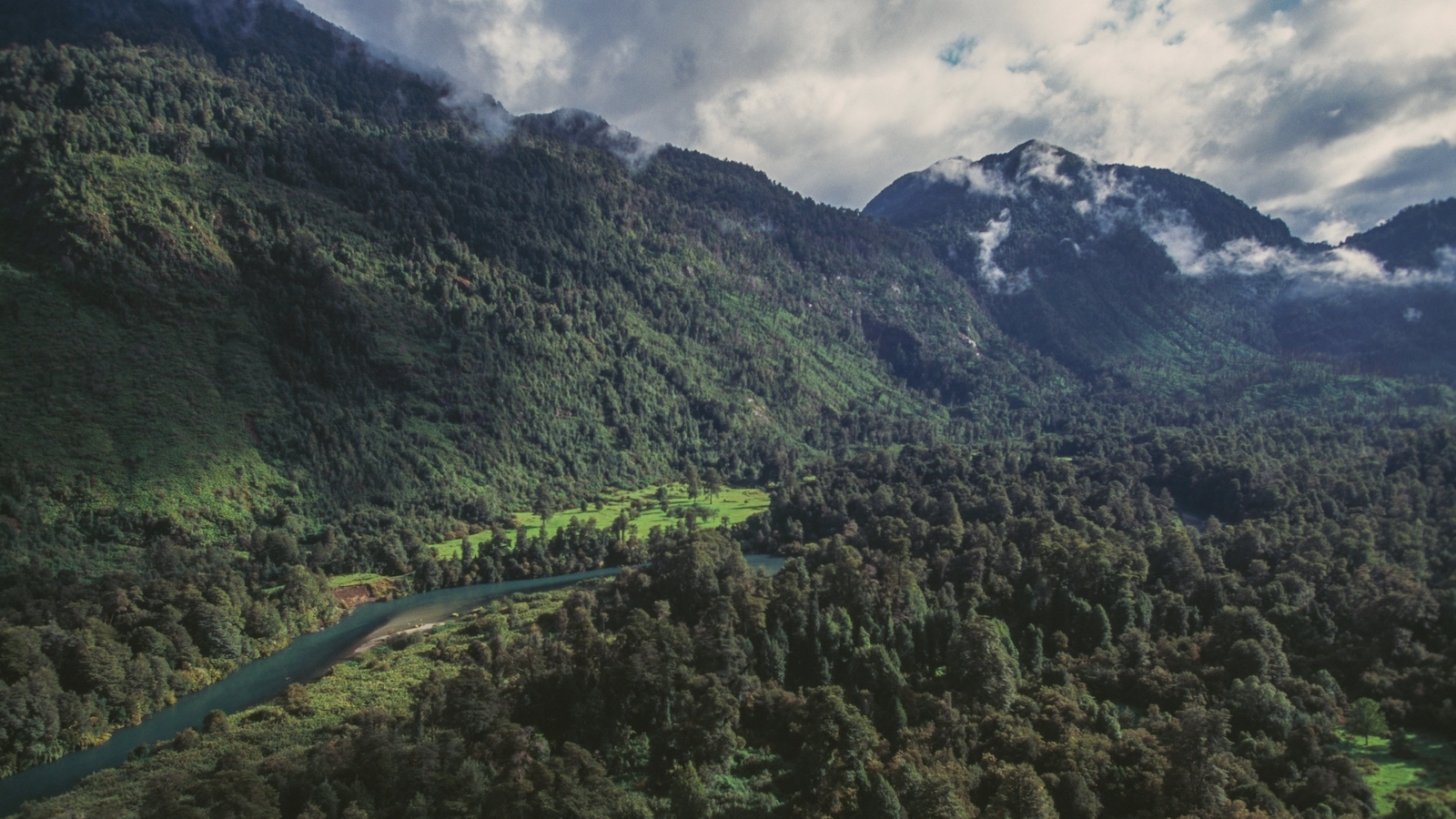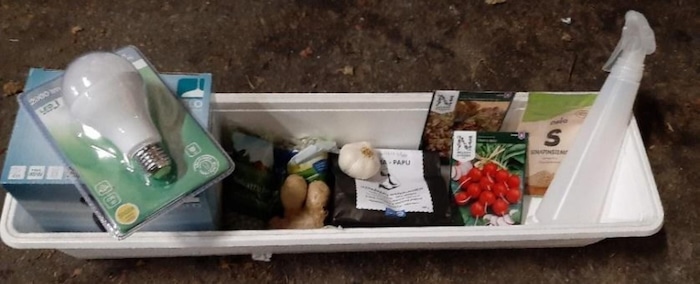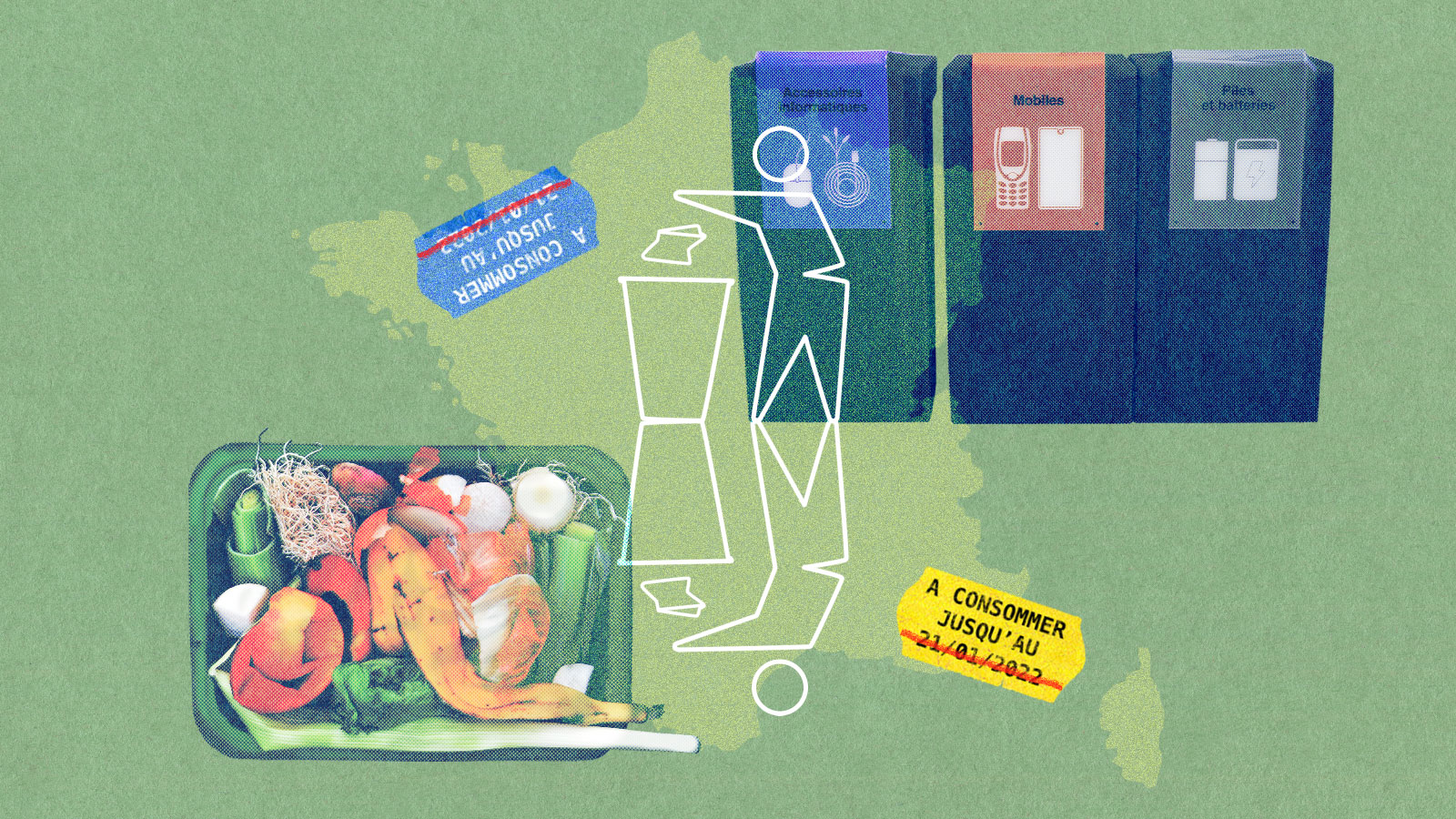
The vision
“When words become unclear, I shall focus with photographs. When images become inadequate, I shall be content with silence.”
Photographer and environmentalist Ansel Adams
The spotlight
As a writer, I obviously have a fondness for words. I believe in their power — while also recognizing their limitations. Much as we try to “show, not tell” through the written word, an article can’t quite approximate letting someone see or experience something for themselves. Photos and videos, on the other hand, come pretty darn close.
Visual storytellers have to be immersed in the scenes they capture, up close to the people, animals, plants, and landscapes they create images of. They document things that many people otherwise wouldn’t get to see with their own eyes. It’s a powerful medium, with a well-established history of stirring viewers to care about climate change and conservation. But high-quality, thought-provoking photography and film is also time-consuming and expensive to create, putting it out of reach for many would-be climate communicators and storytelling organizations.
It’s a problem that Kogia, a nonprofit media library, is attempting to solve. The library offers photos and video clips, free of charge, to scientists, conservation organizations, artists, activists, and others.
“Our mission has been to democratize access to this media in a way, and to elevate the voices of those who are on the front line of conservation and just give them the best tools possible for them to tell their stories,” said Nessim Stevenson, a filmmaker and photographer who founded the project along with his cousin, and fellow photographer, Karim Iliya. They saw a great need to make high-quality images more readily available to conservationists and mission-driven organizations as an essential communication tool.
“I had a lot of nonprofits that were asking me for photos and videos to use as I was photographing underwater worlds — whales and turtles and manta rays and coral reefs, from the big animals to the little tiny creatures,” Iliya said. He knew other environmental photographers must be getting the same types of requests, and wanted to create a platform that would enable these organizations to get the resources they needed to further their work, while easing some of the strain on individual creators fielding these requests. The pair published a beta form of the project in the spring of 2023, which Stevenson describes as a “clunky version that we made ourselves in Squarespace.” Still, they quickly garnered more than 100 members, from over 40 countries. This year, on Earth Day, they launched Kogia 2.0 — a more robust library that they built out with the help of a volunteer web developer, featuring the work of over a dozen creators.
The library also creates an opportunity to divert a certain type of waste. Only a tiny fraction of the images a photographer creates in the field will actually get licensed for prints or articles or other uses. The rest tend to sit on hard drives, essentially becoming “digital trash,” as Iliya put it. “It’s difficult to make money off of it, because it’s like the 10th best photo of a clam or a whale or a clownfish, and not the best one.” But these excess images are still good quality, and can be a gold mine for small organizations and individuals that don’t have the budget to license or commission original photos or film. “So we’re trying to reuse and recycle — basically put to use this stuff that would’ve just sat and rotted away,” Iliya said.
Kogia is ocean-focused right now, but Iliya and Stevenson ultimately plan to expand the library to include land ecosystems as well. They’re also starting a fellowship program that will involve sending out camera kits to young photographers and videographers all over the world who want to document conservation stories from a local perspective.
“The way we’ve been seeing some of the media used, from the anti-whaling movement in Iceland to student-led groups educating young kids about nature and their environment in South Asia, it’s been really surprising and exciting,” Iliya said.
Stevenson and Iliya shared a selection of their favorite images from the gallery, gathered below. These come from some of the most threatened ecosystems on Earth — like Palau, part of a coalition of small island states that have banded together to hold large nations accountable for climate impacts (and recently won a major victory from the International Tribunal for the Law of the Sea). Although some of the images in Kogia’s library offer a look at the impacts of climate change, industry, and pollution on ocean ecosystems, the majority, including these, focus instead on their beauty and how much there is to protect.
— Claire Elise Thompson
![]()
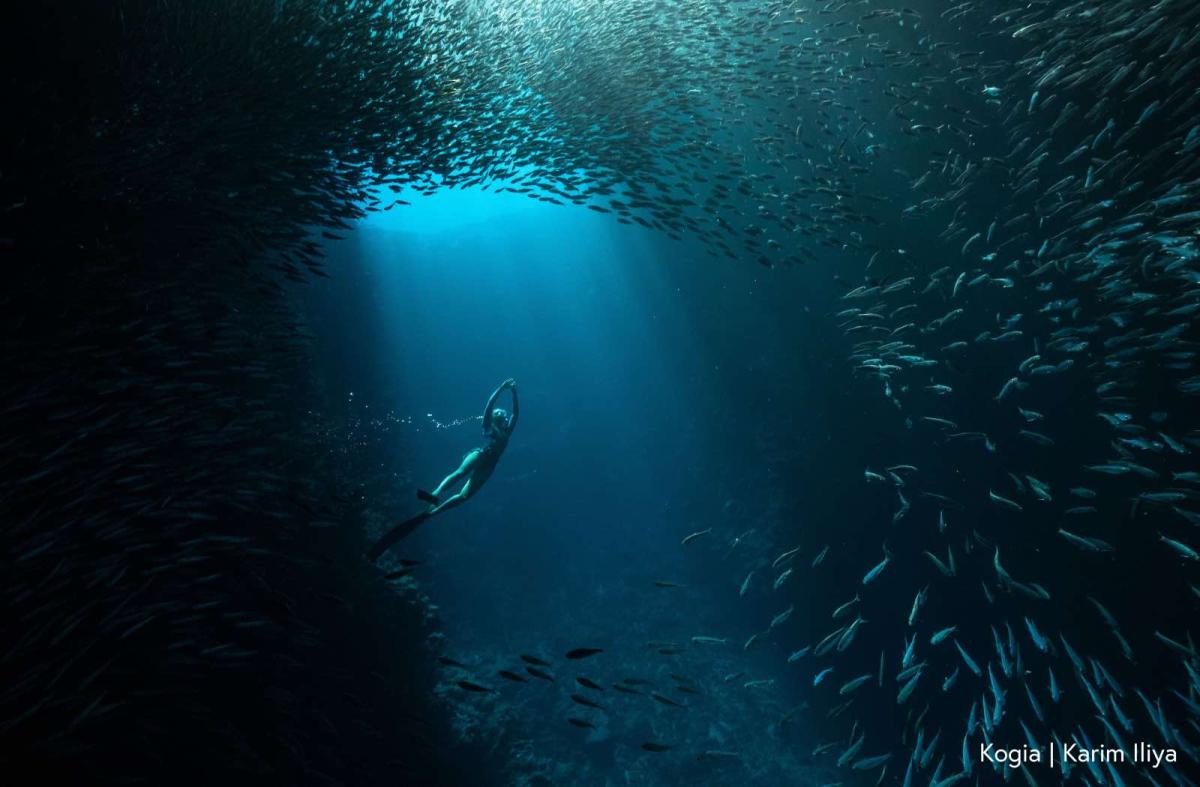
A freediver in a cave in Vava’u, Tonga.
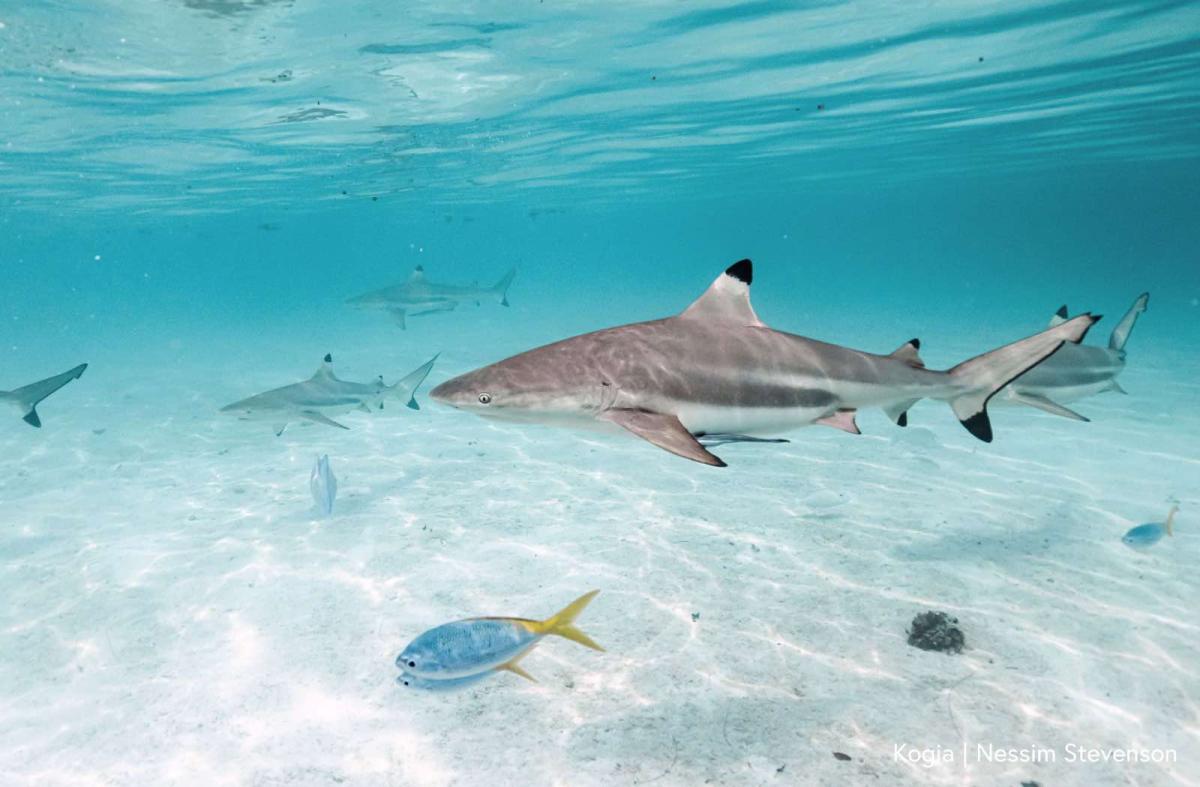
Blacktip reef sharks in Palau.

Golden jellyfish in Palau.

A green turtle swimming over seagrass in Puerto Rico.

A humpback whale tail in Antarctica.
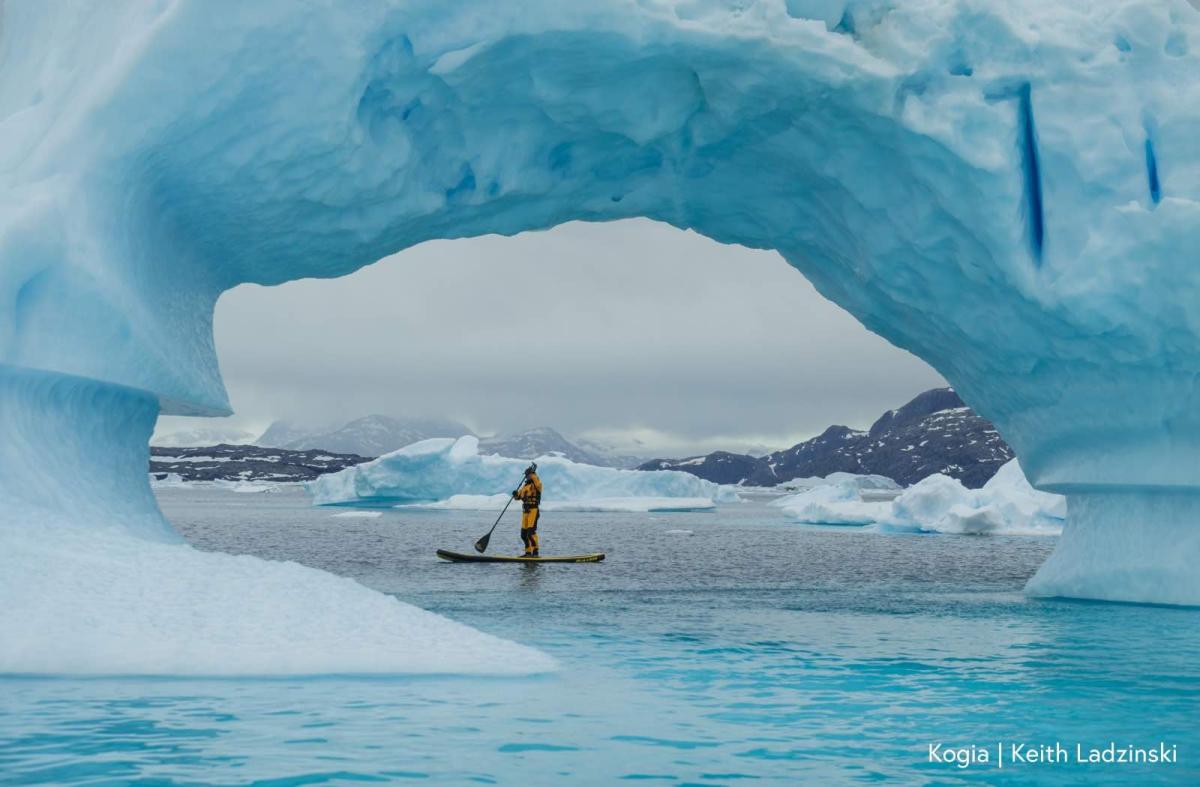
A paddle boarder on an expedition in Greenland.
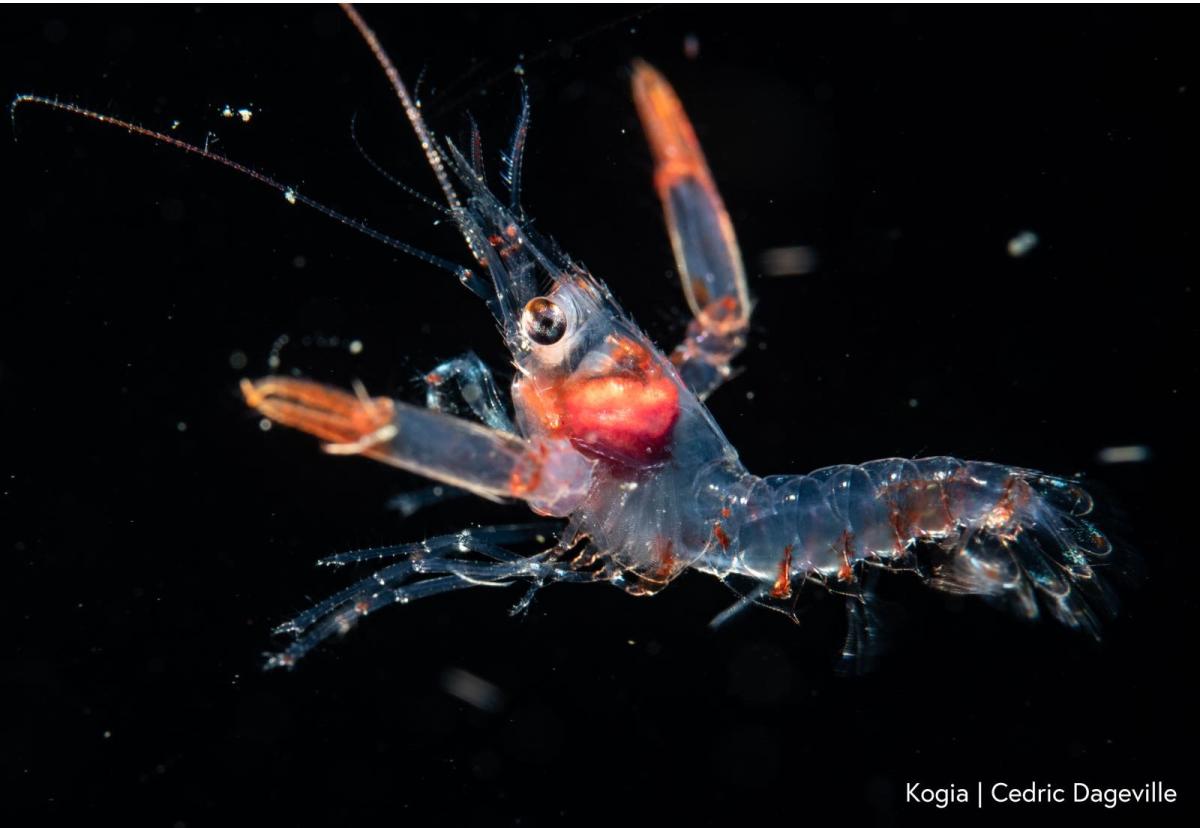
A shrimp in North Sulawesi, Indonesia.
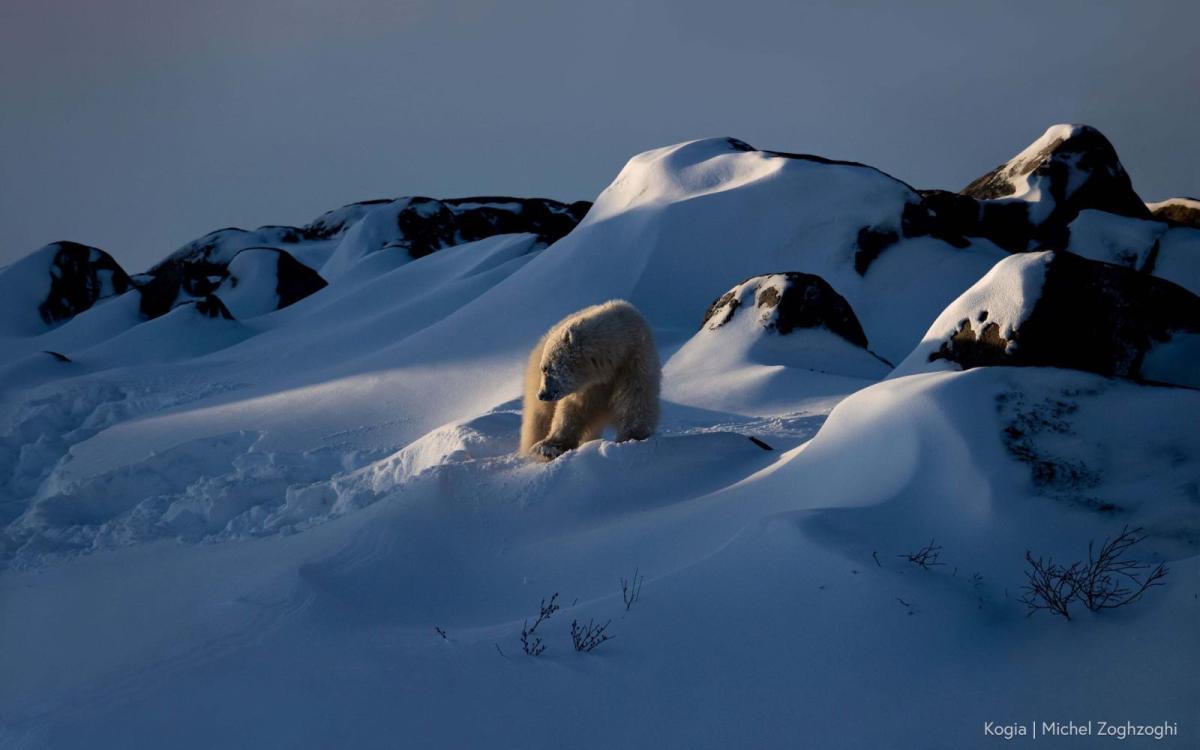
A polar bear near Churchill, Canada.
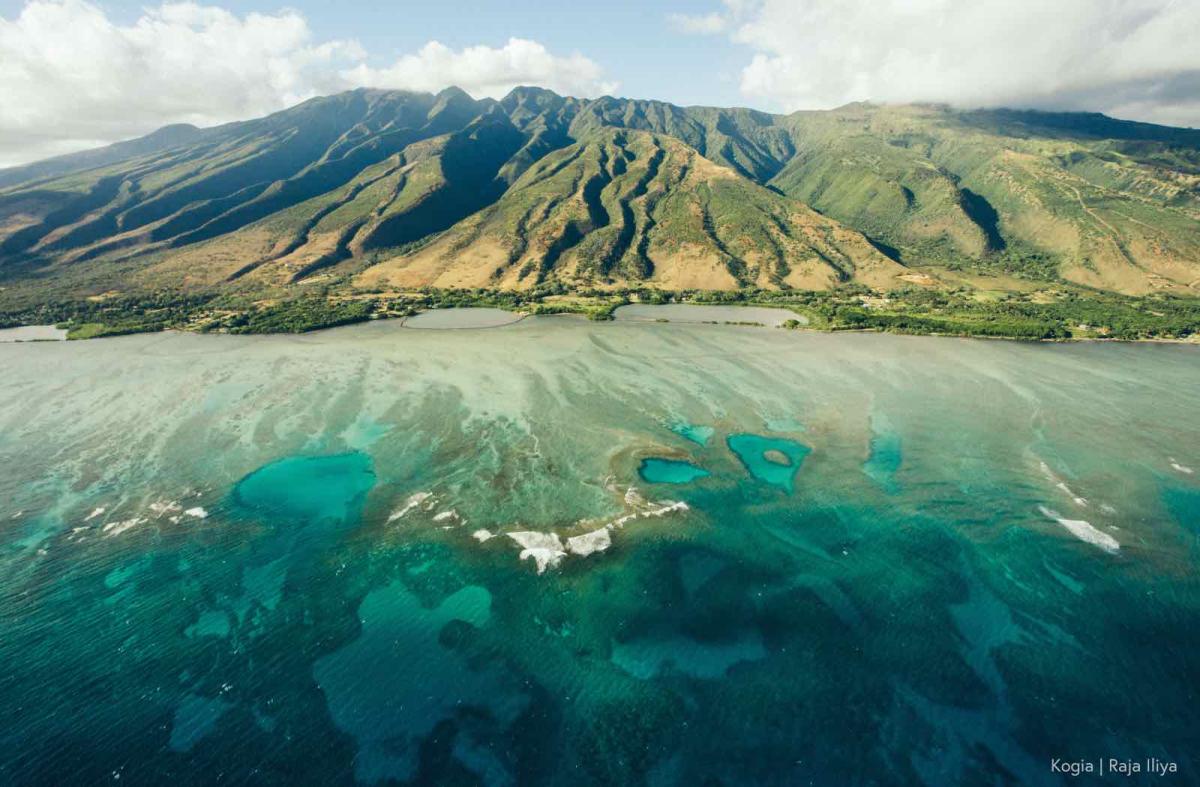
An aerial view of the coastline of Maui, Hawaiʻi.
More exposure
- Read: about the famous “Earthrise” photo that galvanized the environmental movement in the late 1960s (BBC)
- Read: about some of the pitfalls that environmental photography has historically fallen into — including an overreliance on charismatic megafauna, like the polar bear (Grist)
- Read: about efforts to document and preserve some of the world’s most threatened ecosystems through the use of 3D mapping, VR, and other tools (Grist)
- Browse: Kogia’s Instagram, for more photos and video of marine wonders (and if you’re a storyteller, consider signing up for access to the library)
A parting shot
While showing the vibrance and beauty of marine wildlife and ecosystems, visual storytelling can also introduce a harsh juxtaposition with the threats those ecosystems face. This photo, for instance, shows an overhead view of an oil refinery off the coast of Long Beach, California. At first glance it looks peaceful, almost pretty. But a closer look reveals its sheer scale, and its nearness to the shoreline — where residents face some of the worst pollution in the country.

This story was originally published by Grist with the headline Photos help tell climate stories. This media library lets conservation orgs access them for free. on May 29, 2024.


